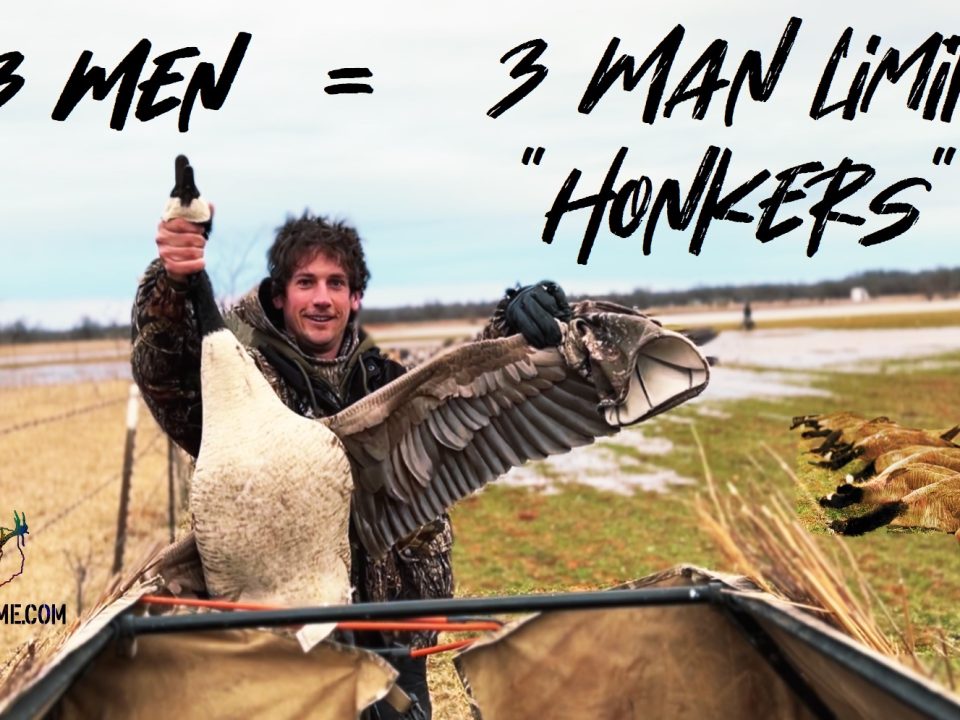 AUSTIN – Texas duck hunters are bracing for another warm and dry early teal season opener. The teal are doing likewise.
AUSTIN – Texas duck hunters are bracing for another warm and dry early teal season opener. The teal are doing likewise.
Current observations indicate good numbers of blue-winged teal still remain in the northern breeding grounds, but those birds are expected to begin moving this way as cool fronts start to develop and hunting seasons in those regions get under way.
New this season, Texas hunters can take up to six teal daily, an increase in the daily bag limit of two from previous seasons. The possession limits for all migratory game birds has also increased and is now three times the daily limit, which cannot be applied obviously before the third day of the season. For ducks, including teal during the early Sept. 14-29 season, the possession limit is 18.
For many Texas duck hunters, the Texas Parks and Wildlife Department’s Annual Public Hunting Permit (APH) Program allows economical access to quality hunting on the state’s wildlife management areas (WMA). With a $48 APH, available for purchase wherever hunting and fishing licenses are sold, hunters have regular access during the season to some of the state’s prime managed wetland habitat. The hunting is typically good, but as TPWD biologists are quick to point out, there are no guarantees when it comes to migrating ducks.
“I am hearing of teal showing up on the coastal prairie in good numbers one day only to be gone the next,” said TPWD Waterfowl Program Leader Kevin Kraai. “Some people are getting nervous.”
“I never get nervous about teal season, retorted Jim Sutherlin, TPWD’s Upper Coast Wetland Ecosystem Project Leader. “Our early bluewings are about a week or so late, possibly an effect of the late cool spring weather we have experienced.”
Sutherlin said blue-winged teal finally showed up on the Big Hill Unit of the Murphree WMA early last week. “We will have teal to shoot on September 14, but teal numbers will likely improve on the Upper Coast as the season plays out.”
Similar reports have been coming from the middle coast.
“We are seeing a few birds on the mid-coast WMA’s but nothing to get excited about just yet,” added Matt Nelson, Mid-Coast Wetland Ecosystem Project Leader. “As Jim mentioned, nothing to get nervous about; they’ll be here at some point.”
Nelson provided a brief synapsis of duck habitat conditions on the three popular wildlife management areas along the middle coast:
Water conditions at the Hurst WMA are fair with very shallow water available in the tidal marsh and little to none in the freshwater impoundments. Mad Island WMA is in a little better shape as it has received a decent amount of rain over the past two weeks and currently has water in the tidal marsh and its impoundments. Guadalupe Delta WMA has a good amount of water in the marsh.
“I expect the crowds to be large at all three areas opening weekend as the hunters have been burning up the phones,” predicted Nelson.
In East Texas, teal are showing up on area reservoirs, but don’t appear to be holding long.
“We’re obviously dry all across eastern and north Texas,” said Jared Laing, TPWD waterfowl biologist for East Texas. “I have been seeing handfuls of birds here and there, but have not seen any big numbers yet. Maybe this weak front will push some birds in.”
Laing noted most wildlife management areas in East Texas remain dry except Richland Creek WMA, which has several new waterfowl units coming online this year.
Up in the Panhandle region, conditions aren’t much better, according to Kraai. “We are holding a few birds up here in the playas at the moment on the few basins that caught water back in July,” he noted. “Conditions on average remain below normal, but still much improved over the last few years.”
Duck hunters are urged to share observations in the field opening weekend via Twitter at #txtealopener and by following @tpwdhunt.




